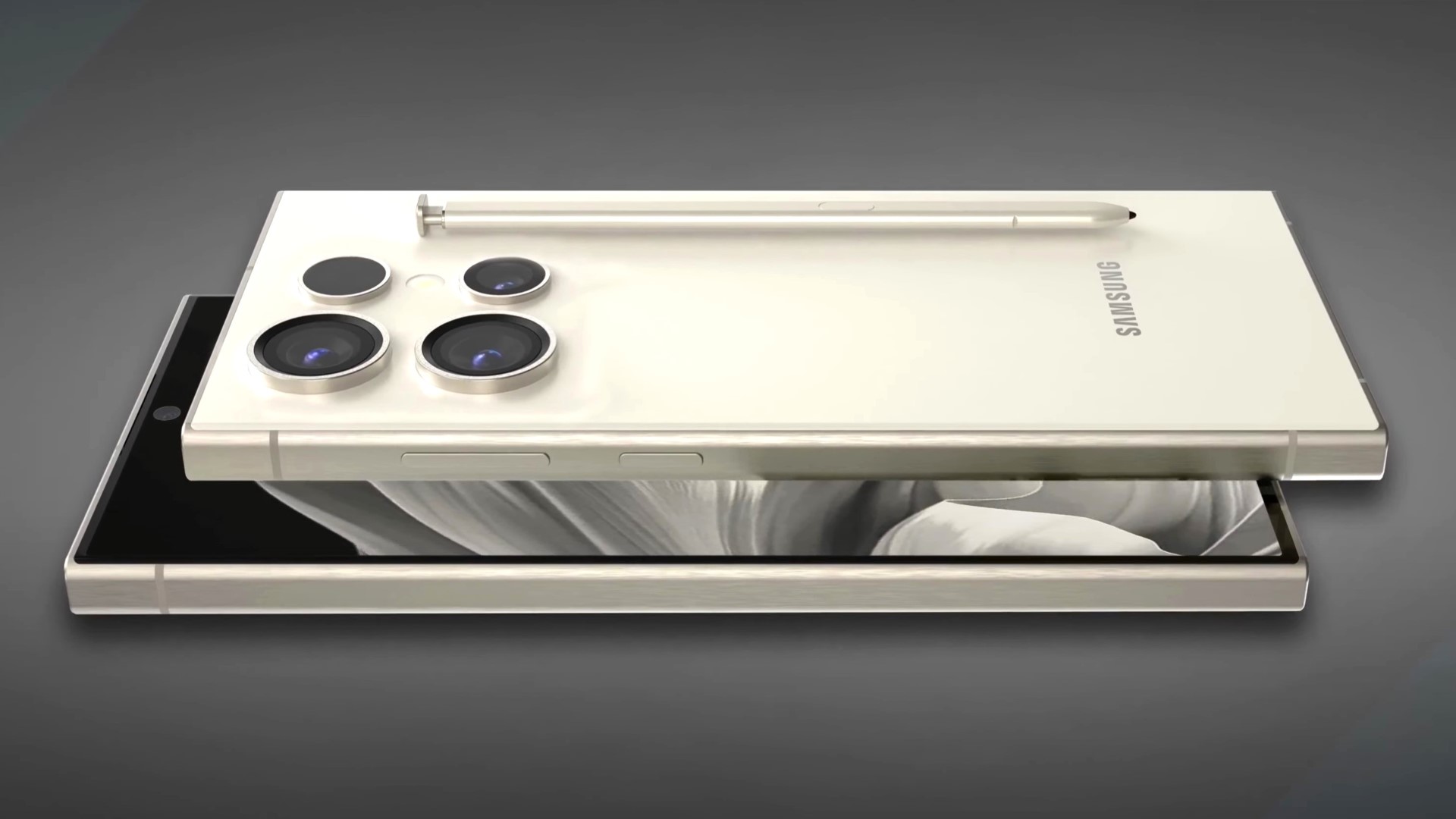Thanks to NASA’s InSight space probe, research can examine the interior of Mars. The latest discovery contradicts some older findings.
College Park/Paris – Since December 2022, the US space agency NASA has abandoned the Mars probe “InSight”. However, the data collected by the research device on the Red Planet has not yet been fully evaluated. So an international research team can now report an unexpected discovery inside Mars.
Early in 2021, a research group used InSight data to reconstruct how Mars was structured from the inside. According to this study, the Martian core must have a radius of 1,830 kilometers and be liquid. But new research, involving researchers from the Institut de Physique de Paris (IPGP) and the University of Maryland, now shows that things look somewhat different inside the planet.
Mars’ core is slightly smaller than expected, surrounded by a newly discovered layer
It is clear that the Martian core is about 150 to 170 kilometers smaller than previously thought and 5 to 8 percent denser than previously determined. To do this, the research team discovered a new layer inside the planet: there is a thin layer of liquid silicates between the mantle and the Martian core. “This new structural model is not only more realistic with all the available geophysical data, but it also better explains the evolution of Mars since its formation,” says one of them. notice From IGPG. It was the study In the specialized magazine nature published.
A “thermal blanket” covers the Martian core and prevents it from cooling
The research team believes that Mars may have witnessed an early stage of a magma ocean, the crystallization of which created a stable layer at the base of the mantle that was rich in iron and radioactive elements. The heat released created a layer of molten silicate that lay above the core and was covered by a thinner, partially melted layer.
Geologist Vedran Lekić, co-author of the study, said: Comparing The molten layer of “thermal mantle” covering the core of Mars. “The blanket not only insulates the heat emanating from the core and prevents the core from cooling, but it also concentrates radioactive elements, the decay of which produces heat,” Lekic said. “When this happens, the core is likely unable to generate the convective motions that would create a magnetic field, which may explain why Mars currently does not have an active magnetic field.”
Mars exploration continues
But Mars had an active magnetic field for at least a while in the past, so how could that be? Study leader Henry Samuel has an explanation: “Thermal shielding of the metallic core of Mars by the liquid layer at the base of the mantle means that external sources are necessary to generate the magnetic field found in the Martian crust during the first 500-800 million years.” Years of its development have been recorded. These sources could be high-energy impacts or nuclear motions resulting from gravitational interactions with ancient, now-vanished satellites.

It seems as if the red planet Mars has not yet been adequately explored. Co-author Melanie Drilio also sees it this way: “The discovery of this stratification in the Martian mantle opens new research horizons, as data recorded by the InSight mission’s SEIS instrument are now being reconsidered in this light.” New model.” (unpaid bill)

“Prone to fits of apathy. Zombie ninja. Entrepreneur. Organizer. Evil travel aficionado. Coffee practitioner. Beer lover.”






More Stories
Galaxy S25 Ultra rumours: Samsung is testing new camera technologies for the successor to the Galaxy S24 Ultra
Apple apologizes for iPad ad that features a crushed piano
John Ternos could succeed Tim Cook